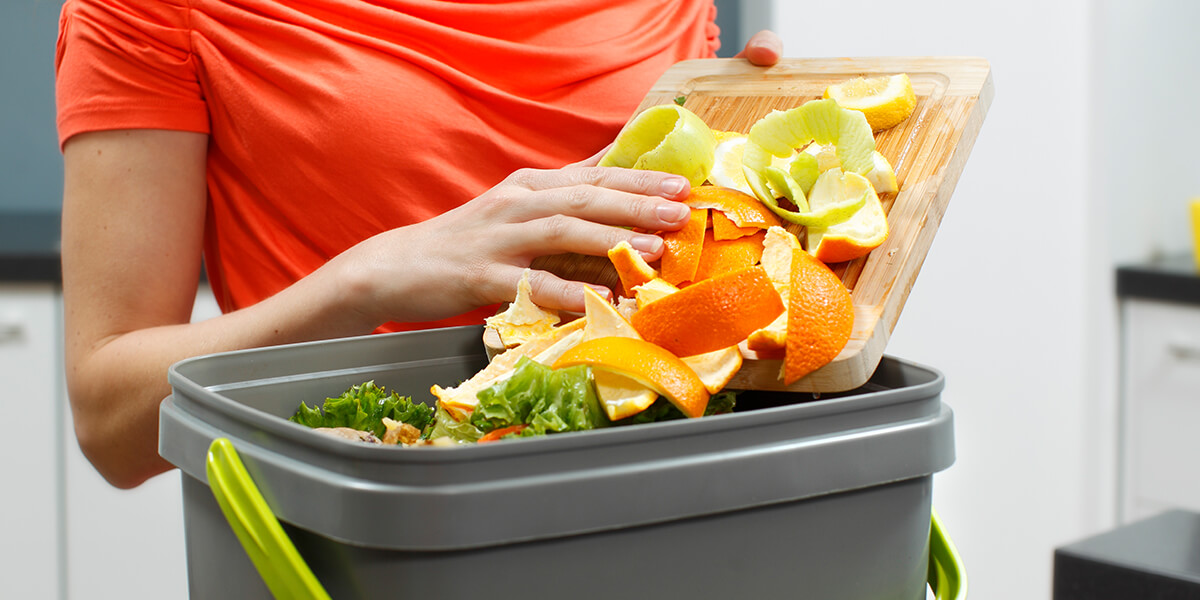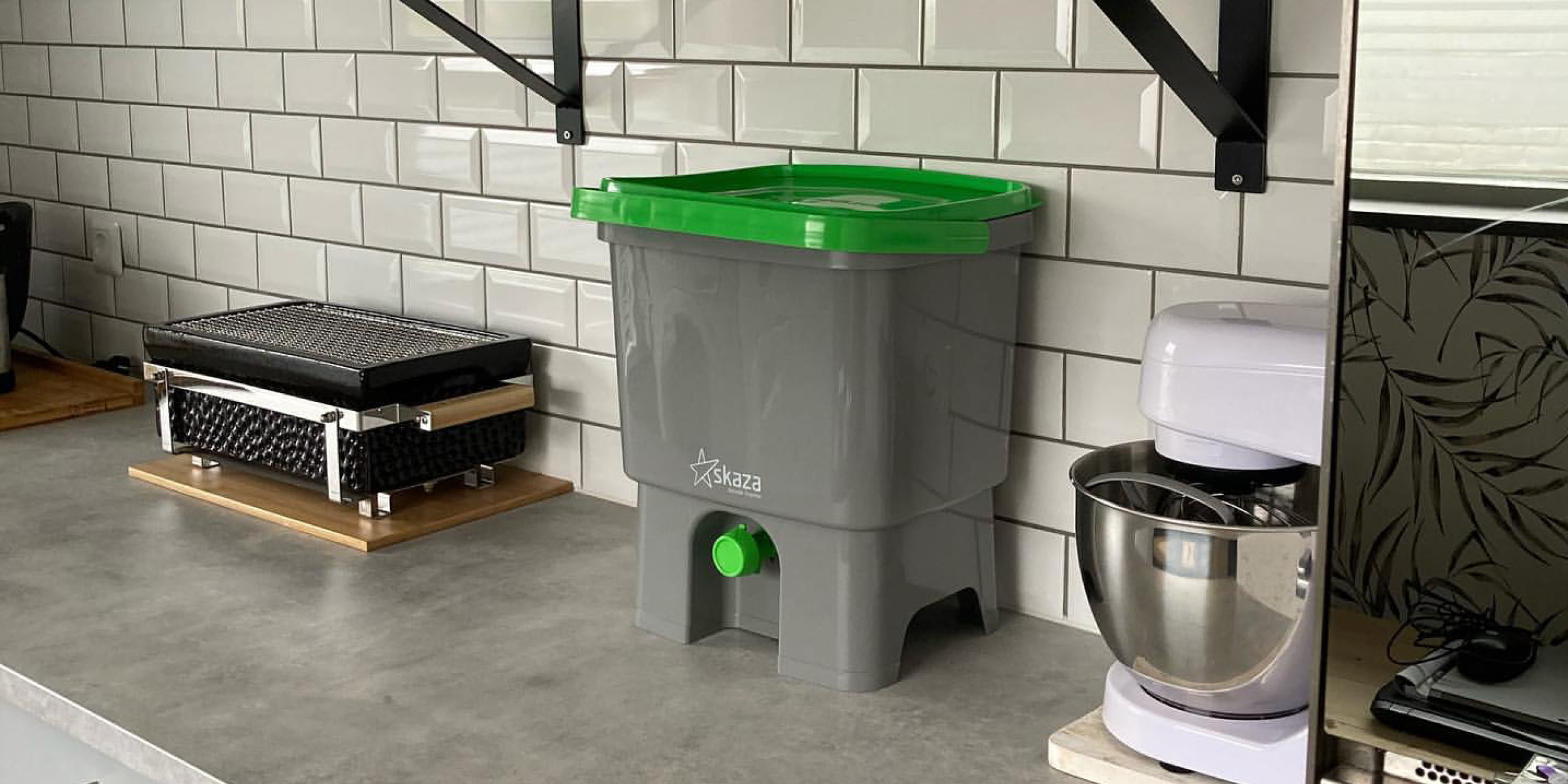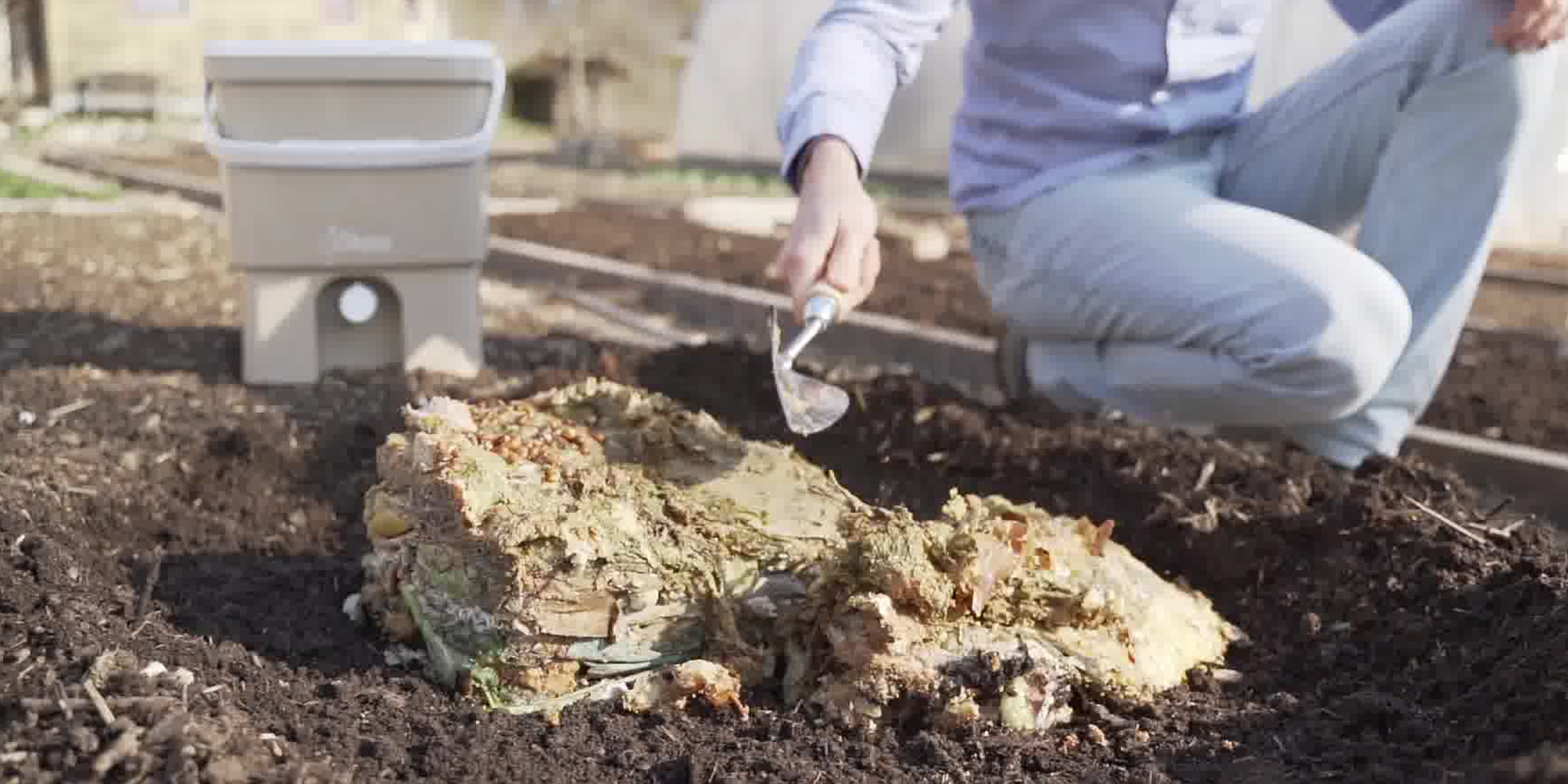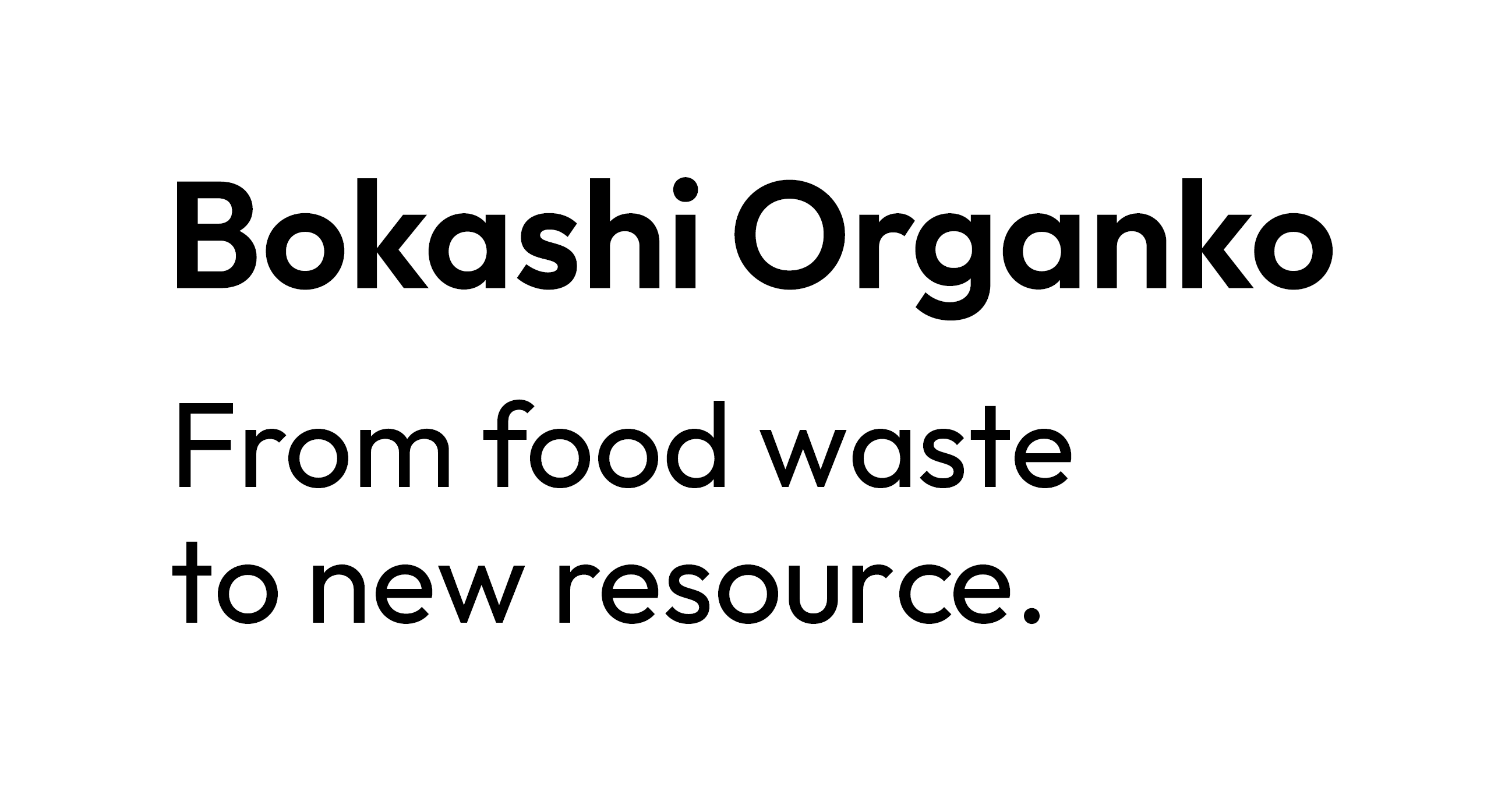The times when composting was reserved for people living in houses with spacious gardens or farmers are a thing of the past. Thanks to quality urban composter bins that use Bokashi composting method, even studio dwellers can easily implement indoor composting. That way each and every one of us can handle bio-waste responsibly. There are no more excuses! With the help of a proper urban composter, you can reduce the amount of organic waste you produce very easily. Moreover, you get to turn your food waste into a pre-compost mass and a bokashi liquid that both offer practical use cases and can massively contribute to organic food production.
To make things as simple as possible for you to get properly familiarized with urban composter bins, we decided to cover the topic by going through some of the most common questions. The answers to these questions ought to present you with all you need to know to start using an urban composter properly. However, in case you feel like you need more clarity, feel free to explore our blog devoted to Bokashi composting.

Meet the Urban composter: Q&As to Help You Get Familiar with Bokashi Indoor Composting Bins
If you are a complete beginner to indoor composting and have never used an urban composter before, we recommend you go through all the questions. On the other hand, if you already know a thing or two about urban composter bins, feel free to skim over the questions and stop at those that catch your attention.
What Can You Put in the Urban composter?
The best thing about urban composter bins, is that the majority of them (these are the ones we recommend) use the Bokashi composting method. Such composters decompose the content by relying on the fermentation process, which is powerful and able to handle almost any kind of organic material. As such, you can put in any type of food waste, including meat and bones. However, it is best if those are in smaller pieces. Here’s a list of the most common organic waste put into urban composter bins:
- fruits and vegetables,
- citrus and banana peels,
- prepared food,
- cooked and raw meat,
- fish,
- yogurt,
- cheese,
- eggs,
- smaller bones,
- bread,
- coffee grounds,
- teabags,
- flowers and smaller amounts of tissue paper.

What Not to Put Into the Bokashi Urban composter?
Here is a list of food you should not put into the Bokashi composter:
- liquids (water, milk, juice, vinegar, oil),
- paper,
- plastic,
- large bones,
- ash,
- animal feces.
Is the Urban composter Appropriate for Apartment Living?
As the “urban” suggests, urban composters are appropriate for all types of homes. While they can be in different sizes and based on different ways of composting, we believe that Bokashi composters are the ones truly designed for indoor use. Why? Well, they are airtight and do not involve soil nor worms, like classic composting and vermicomposting.

How to Use the Urban composter?
Using the best urban composter (i.e. Bokashi Organko) is very simple. It is not much different than using any other bin. The key differences are effective microorganisms (EM), which you must introduce to the mix by using compost accelerating sprays or bokashi bran (a mixture of bran, mixed with molasses (sugar and water), enriched with beneficial microorganisms (lactic acid bacteria, yeasts, photosynthetic organisms, actinomycetes, and enzymatically active fungi)). The Bokashi spray or bran speeds up the fermentation process.
When using a Bokashi urban composter, it is very important to pay attention that you seal the bin tightly. Moreover, you need to drain the bin every 2-3 days to remove the Bokashi liquid.
What if My Urban composter Starts to Smell Bad?
Using Bokashi urban composters, the smell should never be too bad. As a matter of fact, when the lid is closed, there should be no smell at all. Of course, every time you open the bin, a specific smell will be detected; however, nothing too strong. In case your urban composter starts to smell very bad and if there is dark mold present inside, it means it went bad. You will have to dispose of the content (use containers designated for organic waste), wash the bin, and start from scratch.
Do I Have to Clean My Urban composter Bin? If so, How?
There is no particular need to clean the urban composter if the fermentation took place properly and the mass didn’t go bad (no dark mold). If you want, you can rinse it with water. But make sure you drain it properly and not leave too much water inside. Moreover, make sure not to use any chemicals to clean your urban composter because that would prevent EC to survive and do their thing.
What Do I Do When My Indoor Composter Bin Is Full?
Once your bin is full, you let it undergo the fermentation process for 2 weeks. During this time you still drain your urban composter every 2 to 3 days. For that reason, it is best to have two urban composter bins, so that you can use one while the other one is full and in the 2-week fermentation process. After two weeks, the Bokashi mass is ready for use. If you have a garden or potted plants, you can use them yourself. If not, make sure to donate it to a local gardener or a garden center. They will really appreciate it.

Do Maggots or Flies Appear in the Urban composter?
If you make sure not to leave the lid open, there should be no maggots or flies. However, in case you forget to close the lid, flies can come and lay eggs. As such, just make sure to properly close the lid every time.
Why Is There a Tap on My Bokashi Composting Bin?
Bokashi liquid or fermentation juice, is a very important side product of the fermentation product. Moreover, to ensure that proper conditions are met and that a bad smell doesn’t develop, you need to drain that liquid from the bin. As such, proper Bokashi urban composters are equipped with taps. It is best to drain the bin every 2 to 3 days.
What to Do if My Urban composter Has a Leaky Tap?
As a temporary solution, you may ensure there is a container collecting the dripping Bokashi liquid. However, in the long run, you cannot use a bin with a leaky tap. You can check the inside of the valve if perhaps the seal came loose and try fixing it yourself. Though, you should reach out to your urban composter seller to see if they can fix it or replace it for you.
How Do the Lids on Indoor Composters Work?
Proper urban composter bins are designed with extreme precision. That way the lids fit perfectly to ensure air-tightness but at the same time remain easy to open so that the use remains practical.
How to Fit My Urban composter Lid Back on?
The lid should always fit easily. If you are having any problems, make sure to check if there are any pieces of organic waste in a way. If not and you still can’t close the lid properly, ensure that your lid is positioned as it should be. If the issue persists, make sure to contact the seller or manufacturer of your urban composter.
A Simple Guide to Indoor Composting With an Urban composter - Final Thoughts
If you are reading this article, you are most likely environmentally conscious, as are many individuals and communities worldwide. For that, we’d like to thank you from the bottom of our hearts. We also encourage you to persist with your efforts and always do the best you can. We know that at times composting and dealing with organic waste, or any other waste responsibly is not as comfortable as we’d like. However, it is the right thing to do. Moreover, it is vital that we do the best we can to reduce waste and reuse what can be reused. For that reason, urban composter bins are a perfect solution.


